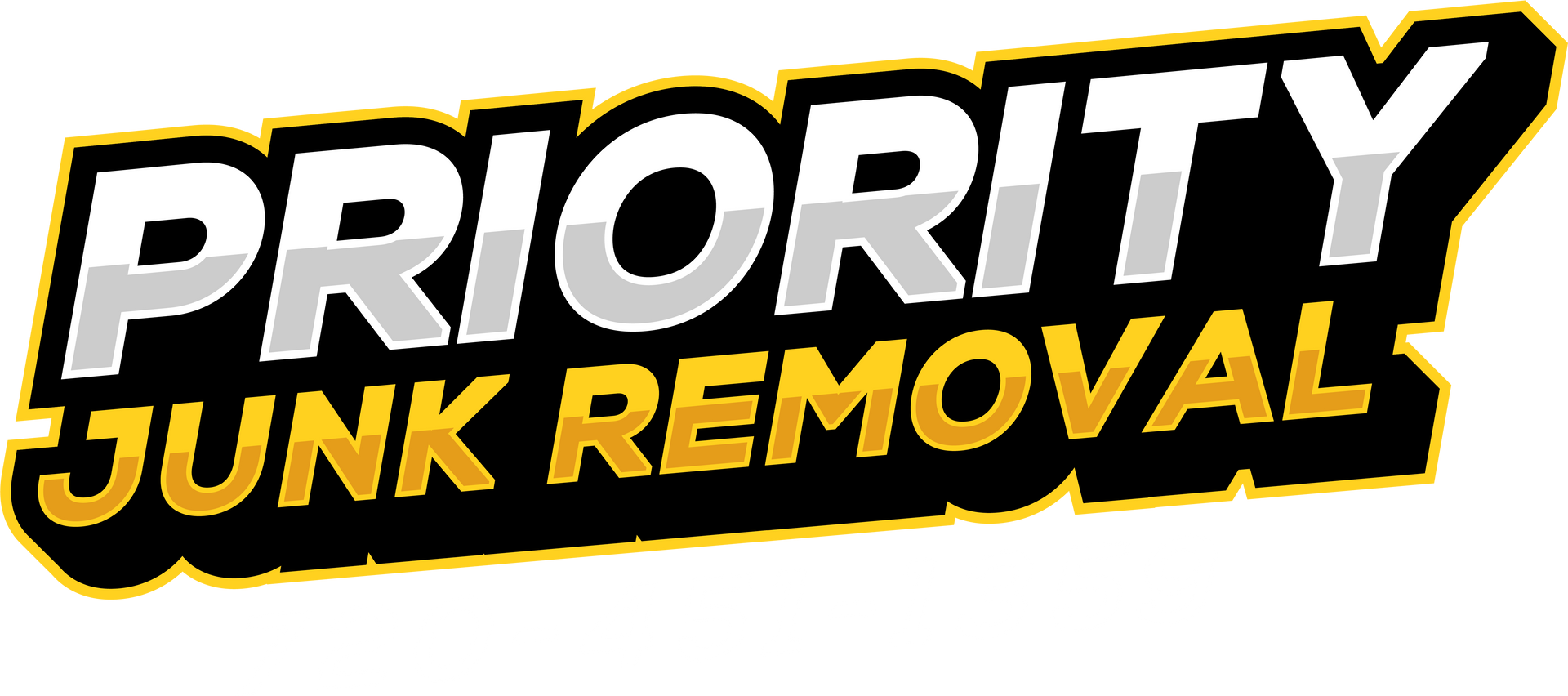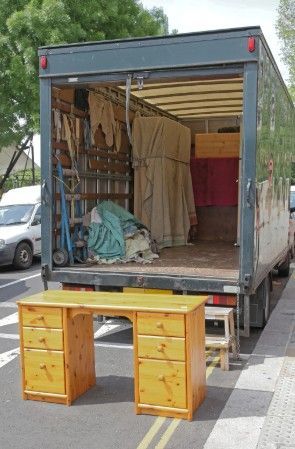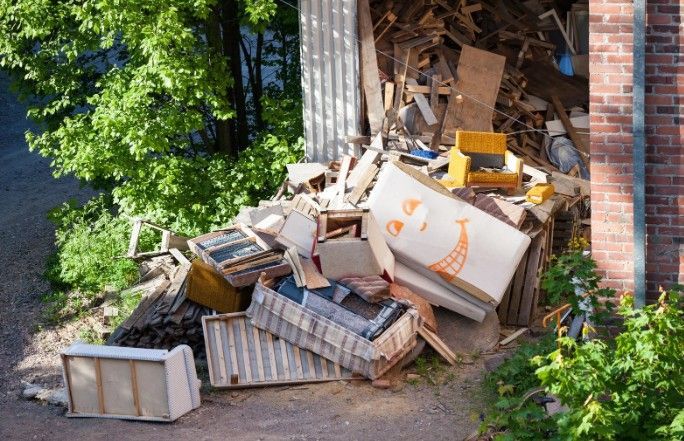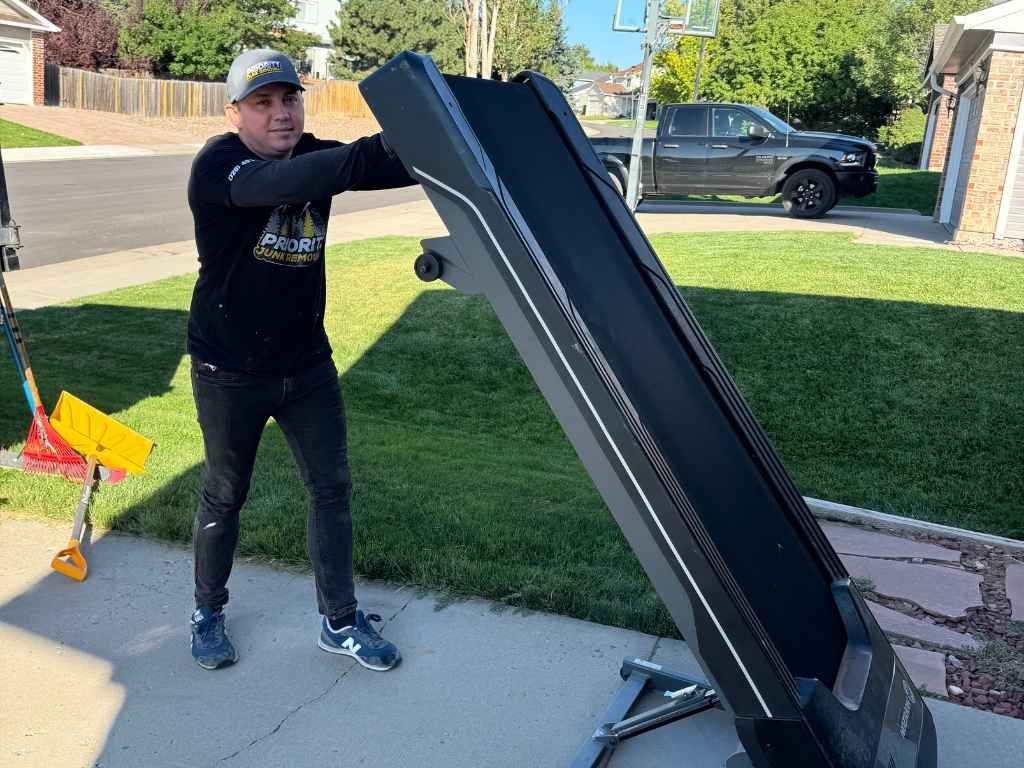How to Load a Dumpster Efficiently and What NOT to Do
There’s a rhythm to loading a dumpster that separates the rookies from the masters. Tossing in debris without a thought might feel quick, but it’s chaos disguised as progress. Start heavy, go low. That’s the gospel of balance. Furniture, concrete chunks, or other bulky waste should sit flat on the bottom to anchor everything else. Think of the dumpster as a puzzle box. What fits first shouldn’t block what comes later.
Chaos erupts when people disregard structure. Mixing lightweight items with large unwieldy shapes invites shifting and inefficient use of space. The result? A lopsided, dangerous pile that wastes every inch you paid for. The trick isn’t just stuffing it—it’s crafting layers that support one another. Intention beats instinct. Planning what goes where saves more time and money than you'd think.
The Myth of Random Tossing Doesn’t Hold Weight
Tossing junk without a plan might seem fast, but it’s a fast track to chaos. A random load might fill a dumpster quickly, but you’ll end up using more space than necessary—and possibly damaging items or making transport unsafe. Cardboard squashed beneath metal? That’s wasted volume and crushed potential. Lightweight plastics sitting on top? They’ll take flight as soon as the wind picks up. Efficient dumpster loading requires a bit of strategy.
Break down what you can—flattened boxes, disassembled shelves, and splintered wood make great lining for walls. Then pack the center with increasingly denser materials. This method builds a compact, stable, and secure load that saves space, time, and cash. Randomness might work in a coin toss, but not when you’re loading a container meant for efficient hauling.
You’re Not Playing Jenga But You Should Think Like It
Dumpsters aren't toys, but they sure benefit from Jenga logic. Stacking debris with no regard for balance is a recipe for disaster. Just like a poorly placed block topples a tower, unbalanced loading causes unsafe shifts in transit. Items lean, wedge themselves awkwardly, or collapse unexpectedly. That not only eats up valuable space—it risks serious injury during hauling. Always start from the far end and work your way toward the entrance.
That gives you room to adjust and secure every item as you go. Use your hands—feel for flat surfaces and sturdy bases before stacking anything. Large items go low, odd shapes get rotated until they fit snugly, and nothing should rise above the dumpster edge unless it’s light and secure. Stack smarter, not higher. Precision prevents problems.
Small Items First is the Shortcut to Regret
You’ve got a pile of clothes, bags of trash, and lightweight odds and ends—tossing them in first sounds easy, right? Big mistake. Small items fall into cracks and corners where larger objects can’t reach. That means you’re filling up usable space with fluff and chaos. And worse, when you try to shove furniture or bulky debris on top, it crushes everything below and creates a tangled mess. Want a smarter move? Start with the big stuff: broken furniture, old appliances, yard waste.
These solid shapes create a firm base and structural integrity. Then let the smaller stuff fill in the gaps between larger items. It’s not about what’s easiest at the moment—it’s about long-term payoff. That last-minute toss is fun until you realize you’ve trapped half your space in clutter.
Safety Takes a Back Seat When Logic Isn’t Driving
Efficiency is great—but not at the expense of safety. A poorly loaded dumpster isn't just inefficient; it's dangerous. Overfilled bins, unstable loads, and sharp objects jutting out all spell trouble. Imagine a sudden shift during pick-up—heavy debris sliding, tipping, or crashing down. That’s not just a threat to the driver—it could injure passersby or damage property. Safety begins with thoughtful placement. Keep sharp or jagged items in the center and away from edges.
Disassemble bulky pieces to reduce their movement. Use heavier materials to weigh down lighter ones. Don’t cram things so tight that they’re popping out the top. And above all, think ahead: what will happen when this thing moves? If it feels risky now, it’s twice as dangerous once it's rolling. A stable load isn’t optional—it’s essential.
Never Block the Dumpster Door Unless You’re Done
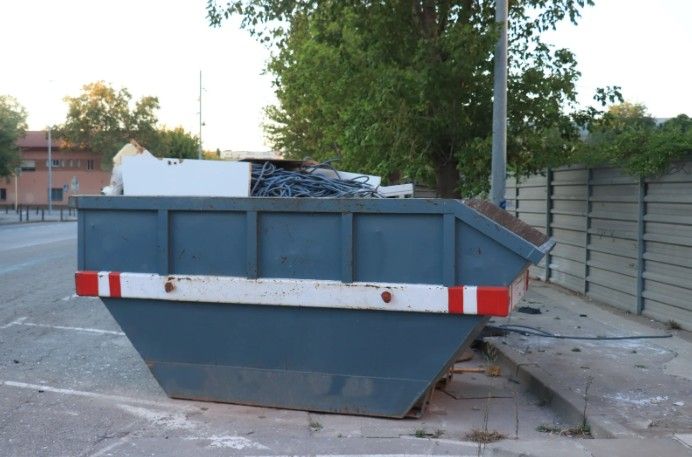
Most roll-off dumpsters have one feature that’s often misused or ignored: the rear entry door. It’s not just a convenience—it’s your strategic starting point. Walking in large or awkward items helps you place them precisely and stack them efficiently. But once that door is blocked, you’ve officially locked yourself out of that advantage. From that point on, you’re relying on guesswork and tosses from above, which results in poor packing, wasted space, and potential injury.
So, what’s the move? Keep that door clear until the very last load. Think of it as your loading dock—your staging area for getting everything in just right. Only once you’ve placed the big, bulky stuff and maximized space from the back forward should the door be shut and blocked. Use the access. It’s there for a reason.
Balance Isn’t Optional—It’s the Backbone of Efficiency
A lopsided dumpster doesn’t just look off—it’s a serious problem waiting to happen. Uneven weight can tip the container during loading, hauling, or unloading. Worse, disposal facilities may refuse the load entirely if it’s clearly unsafe. Balance starts with mindful placement. Place heavy items evenly across the bottom, spreading the weight from side to side and front to back. If you load one corner like a junk mountain, the entire system becomes unstable.
Build in layers—start with a solid base, use medium-weight objects to balance the middle, and top it off with lighter, flexible items. Think about symmetry like packing a suitcase: everything should feel snug, even, and secure. A balanced load isn’t just easier to move—it makes every inch of space count. Dumpster efficiency doesn’t happen by accident—it’s built from the bottom up.
Weather Doesn’t Wait—So Plan for the Forecast
The skies won’t cut you slack just because you're a mid-dumpster load. Rain can turn cardboard into mushy deadweight. Wind can pick up light trash and scatter it like confetti. Snow adds unexpected mass and moisture to everything it touches. That’s why loading strategies should always account for the weather. If storms are rolling in, don’t leave vulnerable items exposed. Cover your load with a heavy-duty tarp and stack heavier materials on top to keep things grounded.
When it’s windy, keep plastics and light debris buried beneath more solid junk. Build compactly so there are fewer air gaps. Weather-aware loading doesn’t just save face—it saves money, time, and stress. A little planning now means avoiding soggy messes, fines for windblown debris, or reloading scattered junk. Don’t just beat the weather—outsmart it.
Dangerous Materials Don’t Disappear When Hidden
Out of sight doesn’t mean out of mind—especially when it comes to hazardous waste. It might be tempting to bury old paint cans, batteries, or propane tanks under drywall or wood, but that shortcut leads to real danger. Many disposal companies have strict rules for a reason: these materials can leak, spark, or combust. Even worse, when a hidden battery or flammable container makes its way to the landfill, it risks contaminating the environment or causing a fire.
You’re not just dealing with junk—you’re handling public safety. Always check what can’t go in your dumpster. Your provider or local disposal authority can give you a list. And remember: once it’s in the bin, it’s your responsibility. Safe disposal isn’t just about avoiding fines—it’s about doing the right thing for people and the planet.
Benefits of Efficient Dumpster Loading
Maximizing your dumpster rental isn’t just about tossing stuff in until it’s full. Smart loading saves money, prevents injuries, and keeps your project on track. A little strategy goes a long way—and it all starts with how, where, and in what order you place your waste.
- Maximize Space: When you load a dumpster strategically, you’re effectively creating more room without paying for a bigger bin. Start with flat objects and stack heavier items first to form a solid base. Tuck smaller items into gaps to eliminate dead space. The better you pack, the more value you get per haul.
- Reduce Safety Risks: A well-balanced dumpster is a safe dumpster. Uneven loads can tip over, shift during transit, or even cause injuries while being moved. Placing heavy items evenly and avoiding overloading one side reduces hazards for both workers and property owners. Safety starts with smart loading and mindful weight distribution from the beginning.
- Save Time: A jumbled mess inside your dumpster slows everything down. Workers spend time rearranging debris, or worse—making extra trips. By organizing as you go, you avoid reloading or pulling things out just to fit other items in. A logical load means faster cleanup, smoother disposal, and zero backtracking headaches.
- Keep the Site Clean: Nothing ruins a work zone like random debris spilling out of a poorly packed dumpster. A neat, well-filled container keeps materials contained and minimizes the chance of wind or animals scattering trash. Your project looks more professional, and cleanup at the end becomes a breeze instead of a burden.
- Stay Compliant: Overfilled dumpsters or improperly disposed items can lead to fines, delays, or even rejected pickups. Smart loading helps you stay within the legal fill line and keeps restricted materials separated. When you respect waste regulations from the start, you protect your project, your budget, and the environment around you.
Conclusion
For those navigating the cluttered terrain of home cleanouts, major renovations, or commercial waste management projects, loading a dumpster efficiently can make or break the entire process. It’s not just about cramming everything in—it’s about using strategy to maximize space, ensure safety, and reduce overall costs. Poor stacking, overfilling, or tossing in hazardous materials carelessly can lead to costly do-overs, safety hazards, or even fines.
Smart loading practices help protect your property, speed up your workflow, and keep your surroundings cleaner and safer. If you're looking for expert guidance or hands-off junk removal in Littleton, contact Priority Junk Removal at 720-451-1359 or priorityjunkremoval@gmail.com for fast, reliable, and stress-free service.
